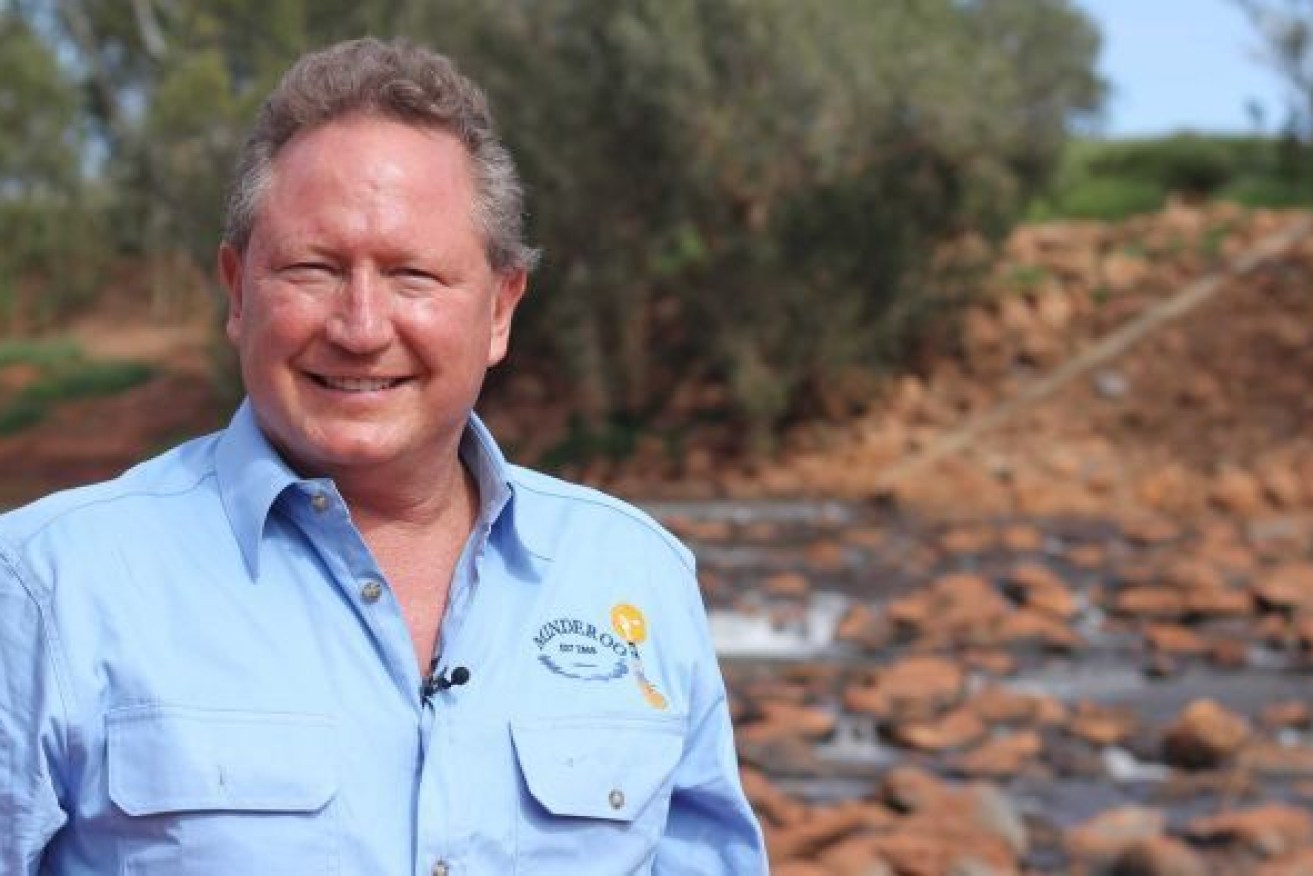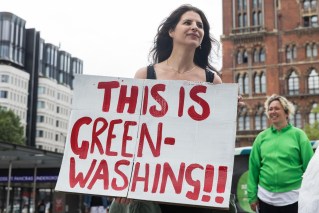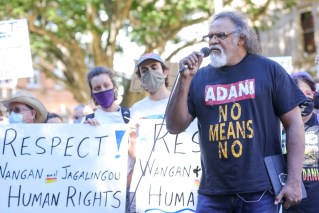Twiggy gets Federal Government backing for Gibson Island hydrogen project
The Federal Government has boosted billionaire Andrew “Twiggy” Forrest’s hydrogen plans for Brisbane’s Gibson Island with a $13.7 million injection into the engineering studies for the project.


Andrew 'Twiggy" Forrest has won Government backing for his hydrogen plans (Photo: ABC)
Forrest’s Fortescue Future Industries and Incitec Pivot have proposed converting the Gibson Island ammonia plant from gas to hydrogen.
The Australian Renewable Energy Agency (ARENA) said its funding would go towards the front-end engineering and design of the hydrogen scheme.
FFI’s Felicity Underhill said she was “thrilled” that both parties had elected to move the project into the FEED stage, with the support of ARENA.
“At around 500MW of electrolysis, this is a step change in terms of scale for green hydrogen projects, with first production targeted for around 2025,” she said.
“It will also underpin investment in new renewable developments around the state, contributing to Queensland’s bold new renewable targets.”
“The collaboration and urgency with which the parties are approaching this project is, in my view, exactly what is needed if we want to have a hope of combating climate change.”
Energy Minister Chris Bowen said the project could provide insight into the cost of producing renewable hydrogen as Australia looks to the energy source as a fossil fuel alternative.
“If successful, the electrolyser will be the largest built to date, feeding renewable hydrogen directly into the first fully decarbonised ammonia facility,” he said.
“The study is critical to the domestic and export industry for clean hydrogen and ammonia supply-chains to deliver Australia’s first renewable hydrogen shipments to international markets.”
ARENA chief executive Darren Miller said the project would significantly accelerate the development of a renewable ammonia industry in Australia.
“This is an exciting project for the parties involved and for Australia,’’ Miller said.
“Having the ability to reutilise ageing assets and repurposing them to use renewable energy will not only help to keep costs down in the future, but also ensure skilled workers are retained as we continue our transition to net zero emissions.”
ARENA said FFI and IPL’s $38 million project would be looking to investigate the deployment of a 500 megawatt electrolyser, capable of producing up to 70,000 tonnes of renewable hydrogen per year.
“The study will also consider the conversion requirements for IPL’s existing ammonia plant to utilise the renewable hydrogen production and offtake approximately 400,000 tonnes of renewable ammonia per year,’’ ARENA said.
“If successful, the electrolyser will be one of the largest in the world, feeding renewable hydrogen into the first fully decarbonised renewable ammonia facility.’’
ARENA said the study would also generate important information for the industry and develop benchmarks for the economics of large-scale renewable hydrogen and ammonia production in Australia. It could also improve the understanding of the technical and commercial feasibility of large-scale electrolyser deployments.
Ammonia production is considered an energy intensive process and produces about 500 million tonnes annually of carbon dioxide.
“Having been involved in the development of Australia’s earliest renewable hydrogen projects, large industrial players are now seeing the potential benefits of hydrogen and looking to build even larger projects,’’ Miller said.
“Ultimately, our goal is to reduce the cost of producing hydrogen at-scale so it can outcompete hydrogen made with fossil fuels.
“If we can improve the economics of renewable hydrogen, we can realise our collective vision of decarbonising hard to abate sectors and establishing significant new export markets,” he said.’’
ARENA recently announced $47.5 million in conditional funding to ENGIE to build a 10 MW electrolyser which will produce renewable hydrogen to be fed into Yara Pilbara Fertilisers ammonia facility in Karratha, WA.
The agency has also previously committed $88 million to renewable hydrogen projects spanning feasibility studies, small scale electrolyser demonstrations, gas blending trials and vehicle deployments.












